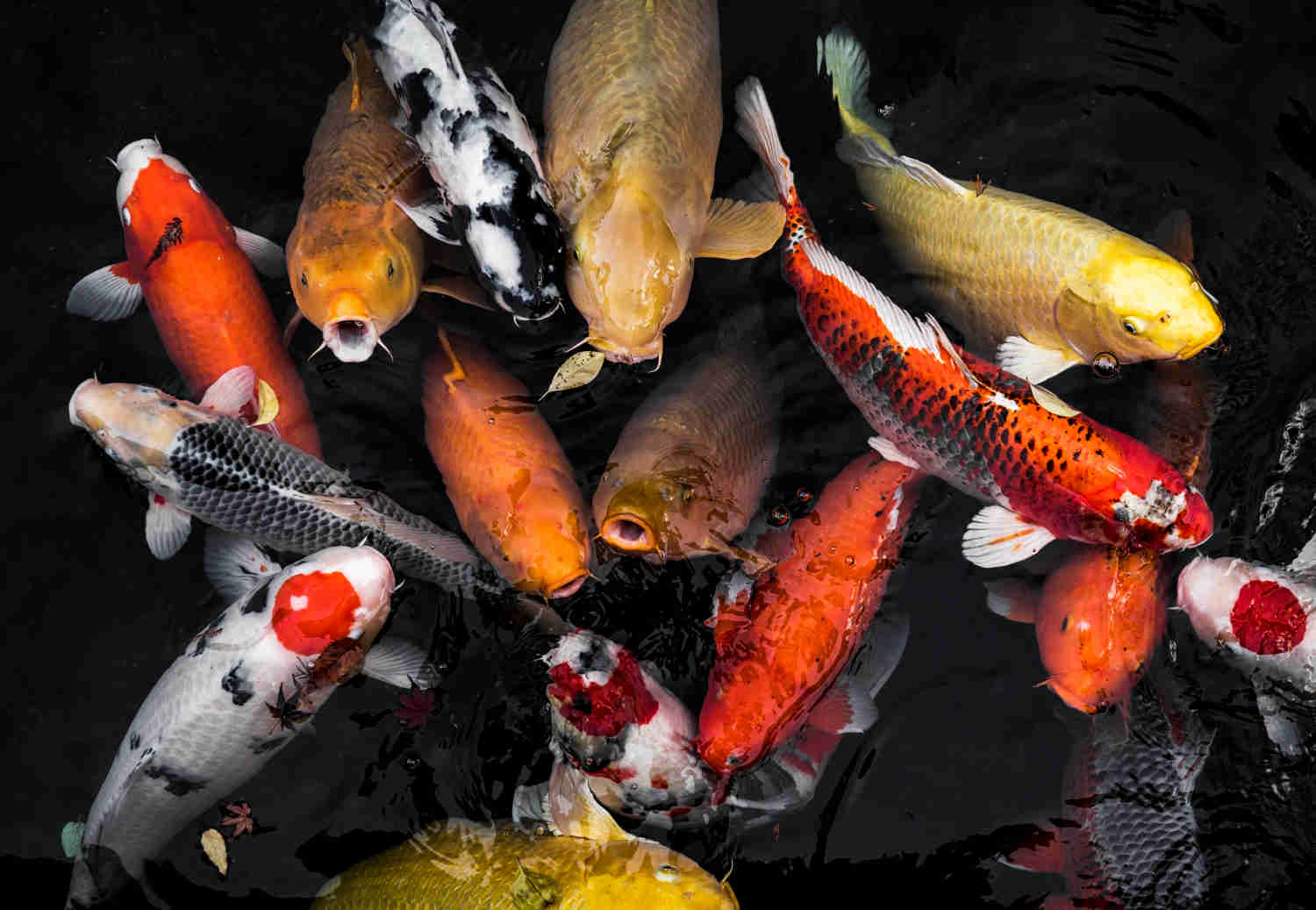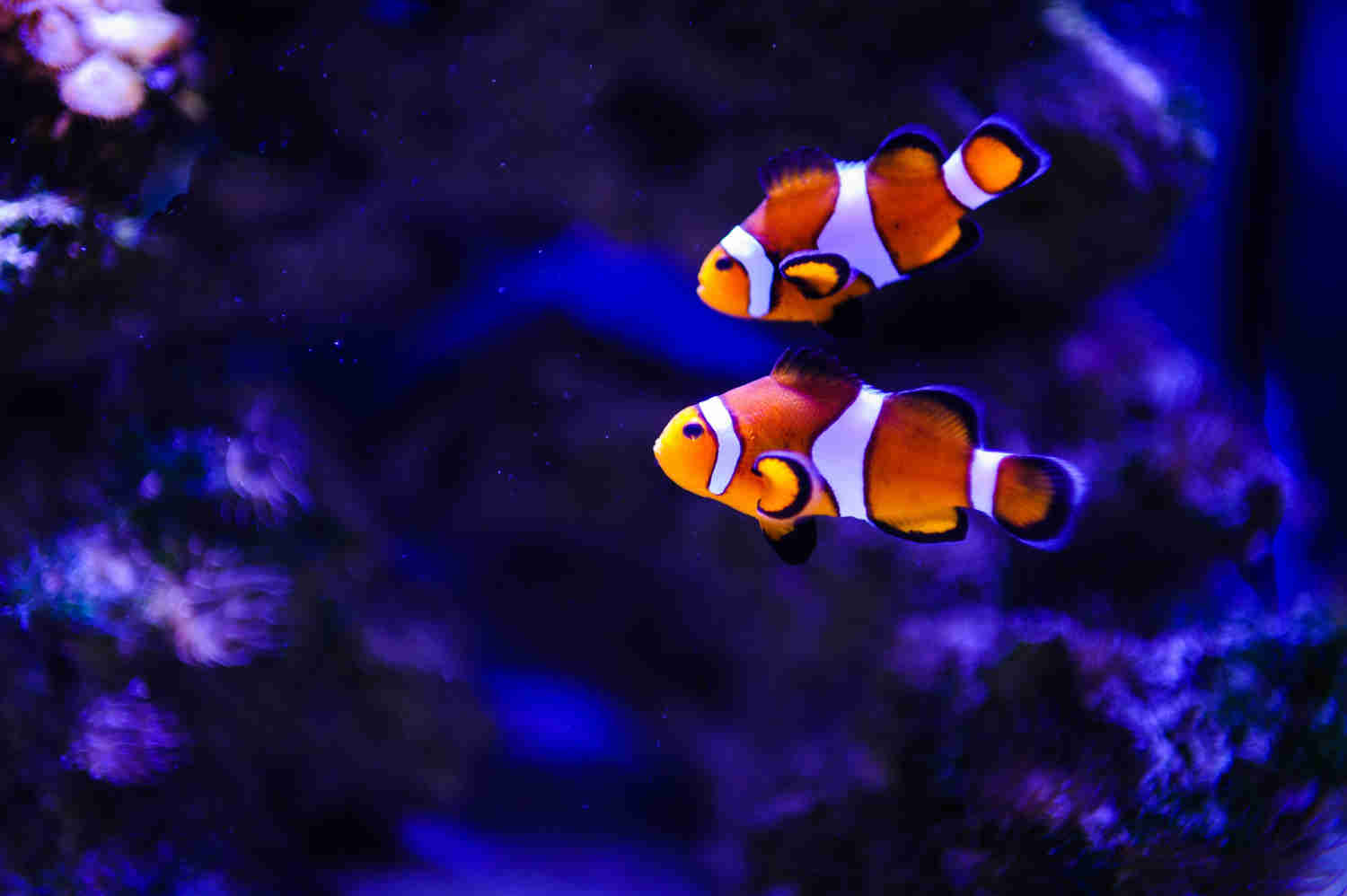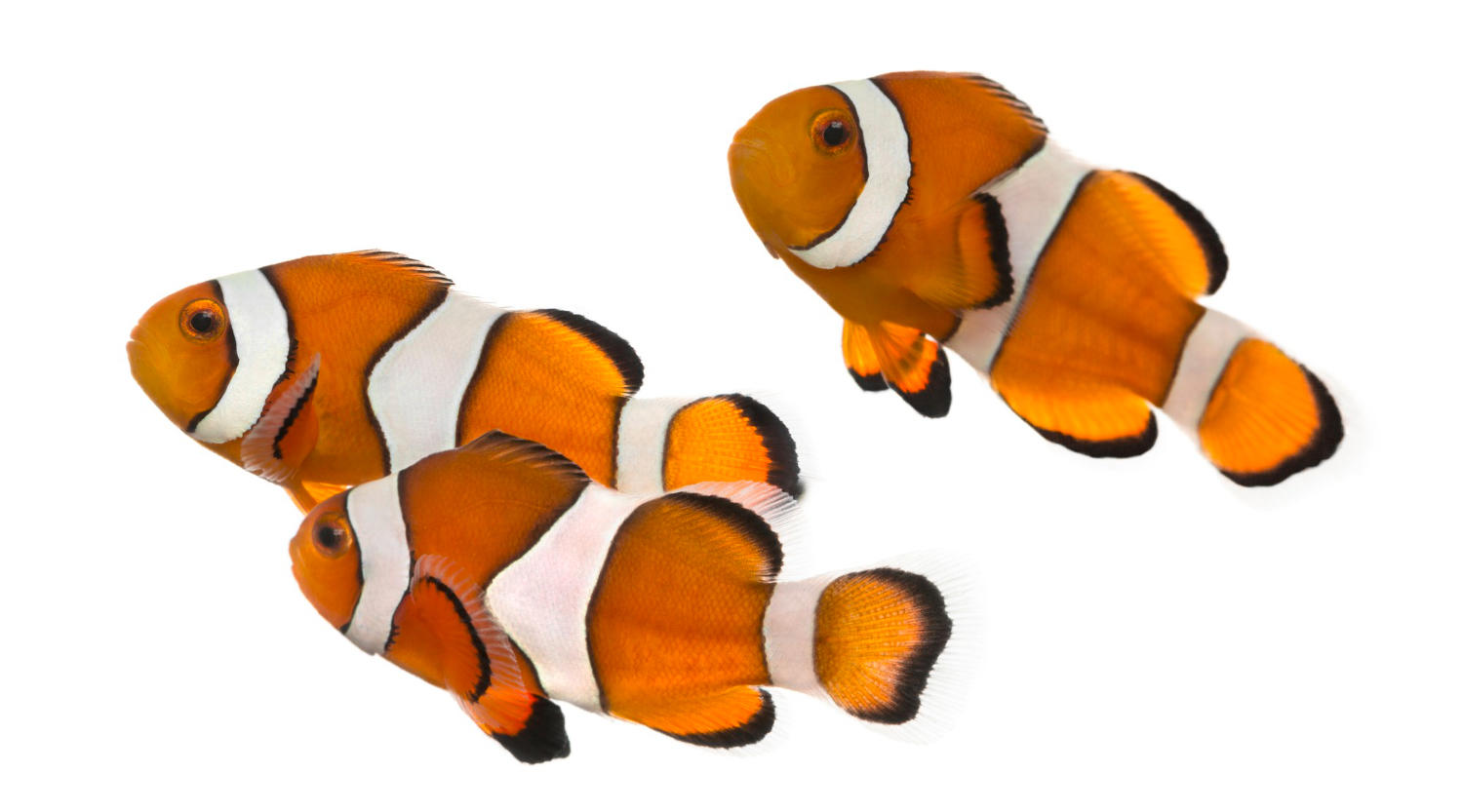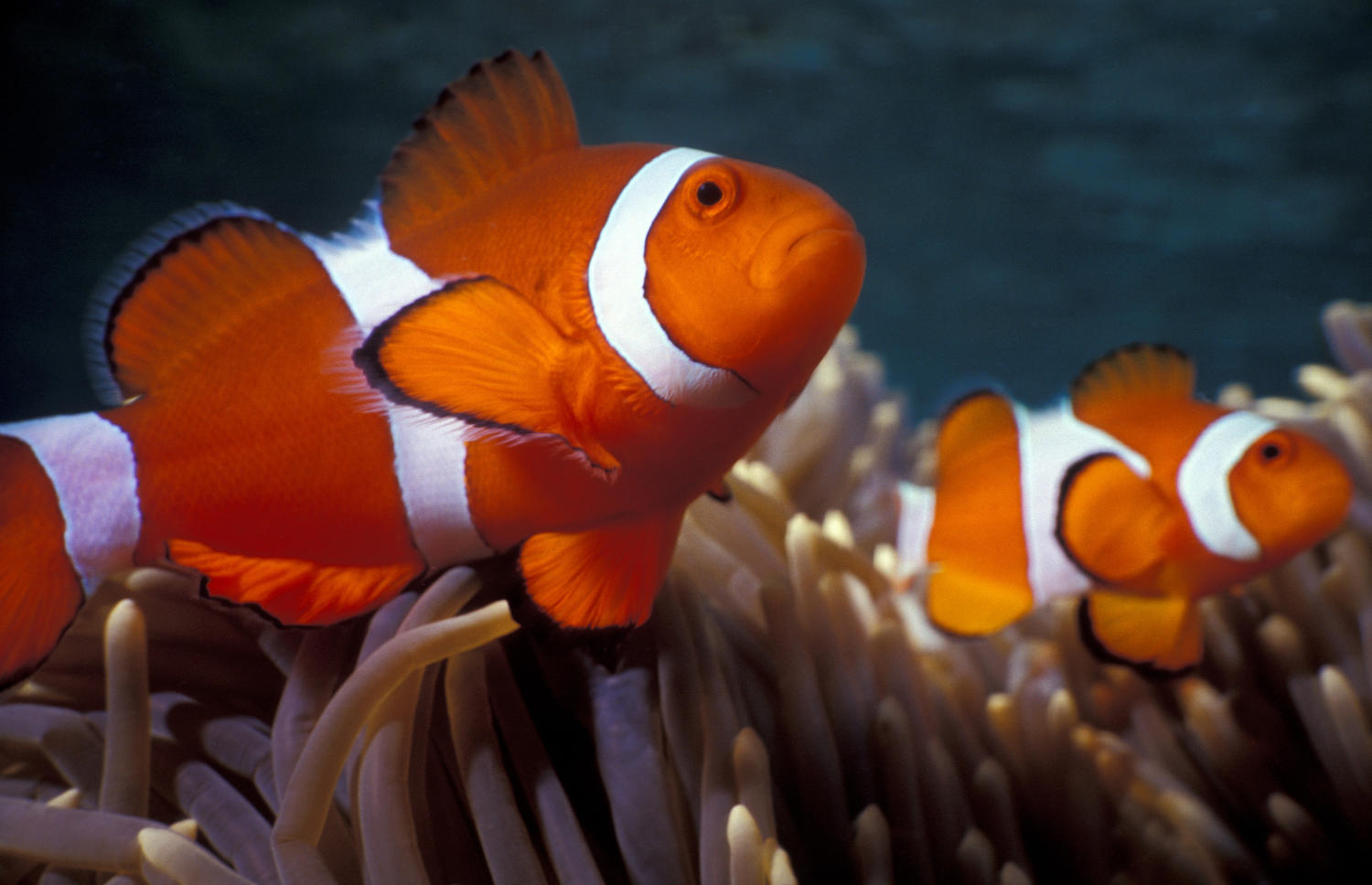If you’re a fish owner who’s planning to move your aquatic pets to a new tank, you might be wondering how to do it without causing stress or harm to your fish. Fortunately, there are several steps you can take to ensure that the transition to the new environment is as smooth and safe as possible. In this blog post, we’ll give you some helpful tips on how to acclimate your fish to their new tank, so they can thrive and enjoy their new home. So, whether you’re a new or experienced fish owner, read on to learn how to make the process stress-free for you and your fish!
Fish Tank Tips: How to Safely Acclimate Your Fish to a New Environment
If you’re a fish lover, you know that owning a fish tank is all about creating a happy and healthy environment for your aquatic pets. Whether you’re upgrading to a larger tank or moving your fish to a new home, acclimating them to their new environment is crucial for their survival and well-being. In this blog post, we’ll discuss some essential fish tank tips to help you safely acclimate your fish to a new environment.
Step 1: Prepare the New Tank
Before you even think about moving your fish to a new tank, it’s crucial to prepare the new environment. First, make sure the tank is clean and free of any harmful substances that could harm your fish. Then, fill the tank with fresh water and add any necessary aquarium treatments, such as water conditioner and beneficial bacteria.
Step 2: Gradually Introduce Your Fish
The most important thing when acclimating your fish to a new environment is to do it gradually. Never just throw your fish into a new tank without giving them time to adjust. Instead, follow these steps:
- Float the Bag: Place your fish in the bag they came in and float the bag in the new tank for about 15 minutes. This allows the water in the bag to gradually reach the same temperature as the water in the tank, preventing a sudden temperature shock.

- Add Tank Water: After 15 minutes, add a small amount of tank water to the bag. Repeat this step every 10-15 minutes until the bag is almost full of tank water.
-
Release Your Fish: Use a net to gently transfer your fish from the bag to the new tank. Do not pour the water from the bag directly into the tank, as this can introduce harmful substances and bacteria.
Step 3: Monitor Your Fish
Once your fish are in their new environment, it’s essential to monitor them closely for the first few days. Check the water temperature, pH levels, and ammonia levels regularly, and make any necessary adjustments. Keep an eye on your fish’s behavior and appetite, as any changes can indicate stress or illness.
Step 4: Maintain a Healthy Environment
To ensure your fish remain happy and healthy in their new tank, it’s crucial to maintain a healthy environment. This includes regular water changes, filter maintenance, and feeding your fish a balanced diet. It’s also important to avoid overstocking your tank, as too many fish in a small space can lead to stress and illness.
Acclimating your fish to a new environment may seem like a daunting task, but it’s vital for their survival and well-being. By following these simple fish tank tips, you can safely and effectively introduce your fish to their new home. Remember to take it slow, monitor your fish closely, and maintain a healthy environment to ensure your fish thrive for years to come.
In conclusion, acclimating your fish to a new tank is crucial for their health and well-being. By following these simple steps, you can ensure a smooth transition for your fish and minimize the risk of stress or disease. Remember to take your time and be patient, as rushing the acclimation process can have negative consequences. With a little bit of effort and care, you can create a comfortable and safe environment for your fish to thrive in their new home. Happy fishkeeping!
Please follow us on Social Media



%20-%20Copy.jpg)


